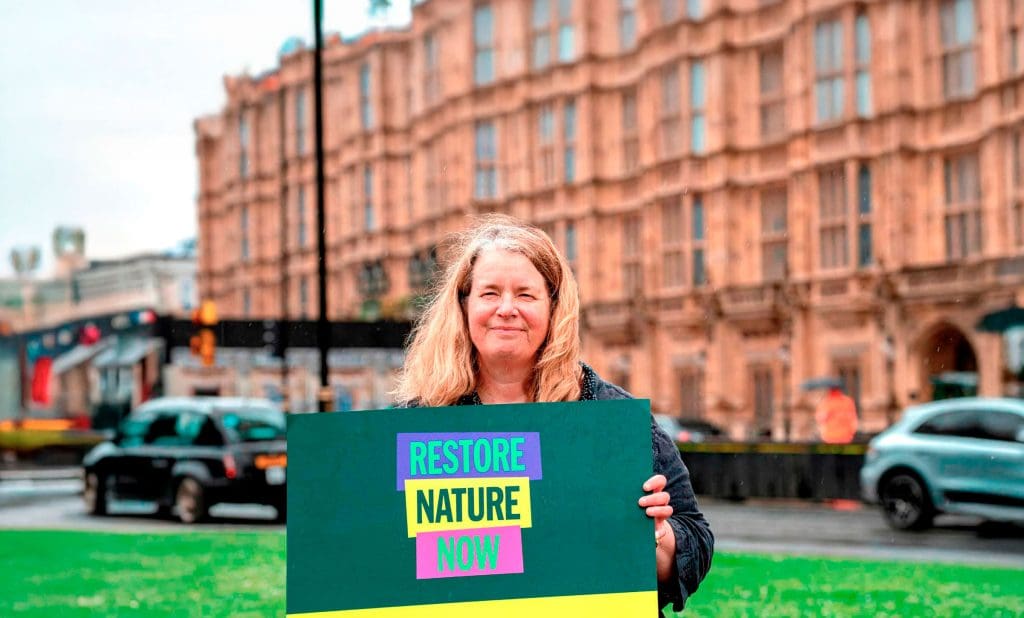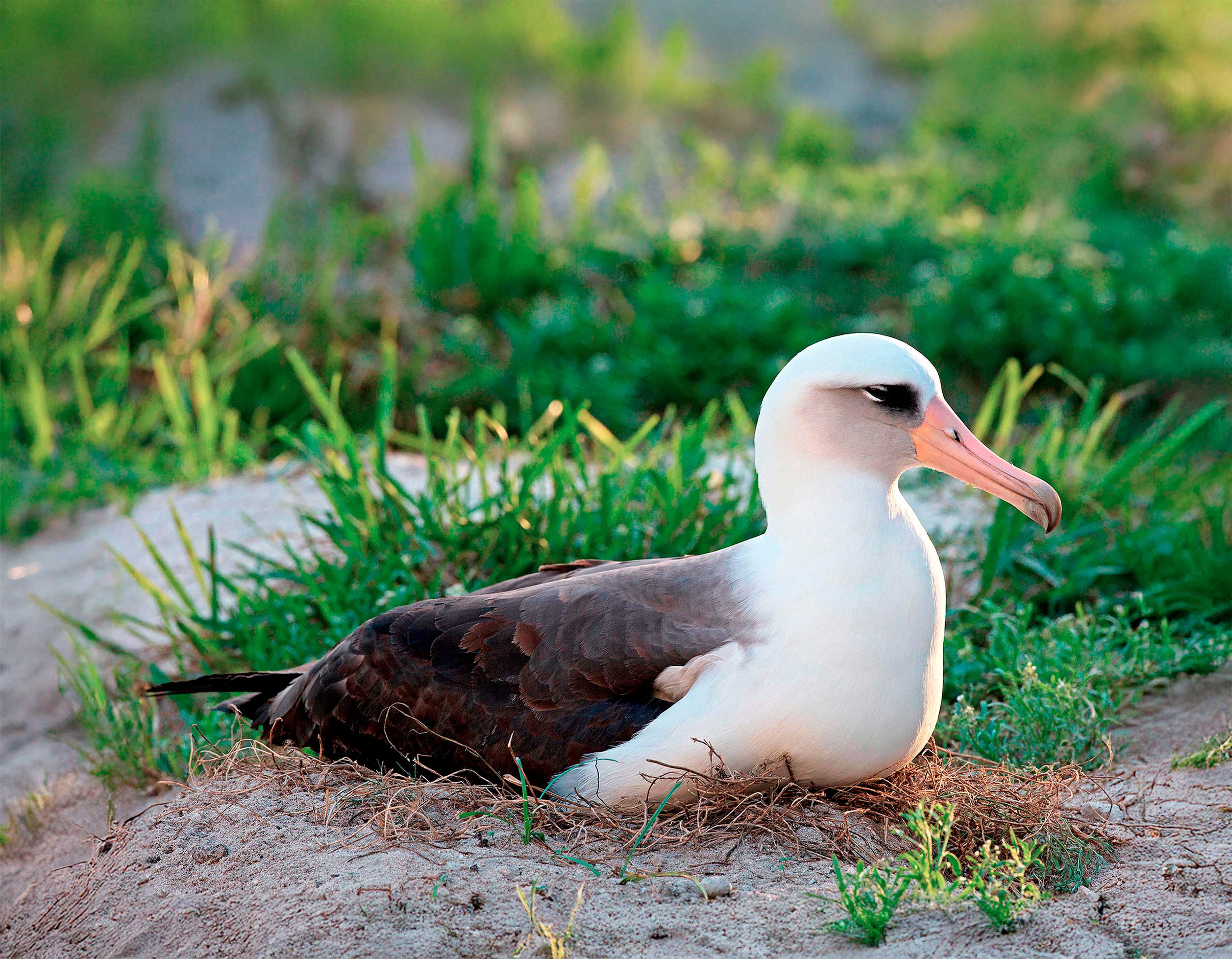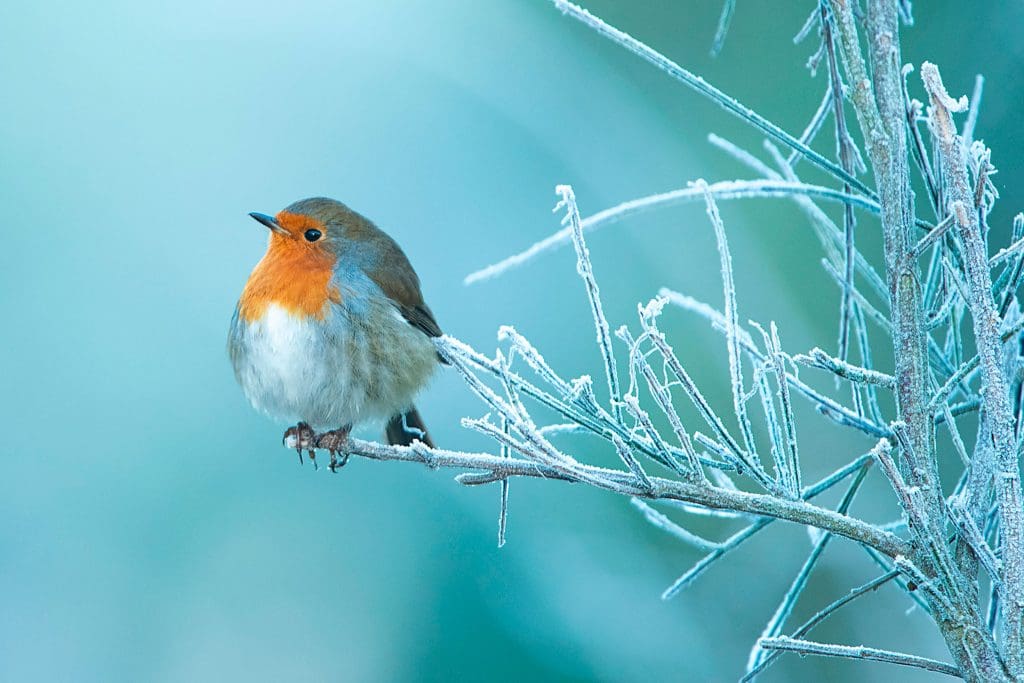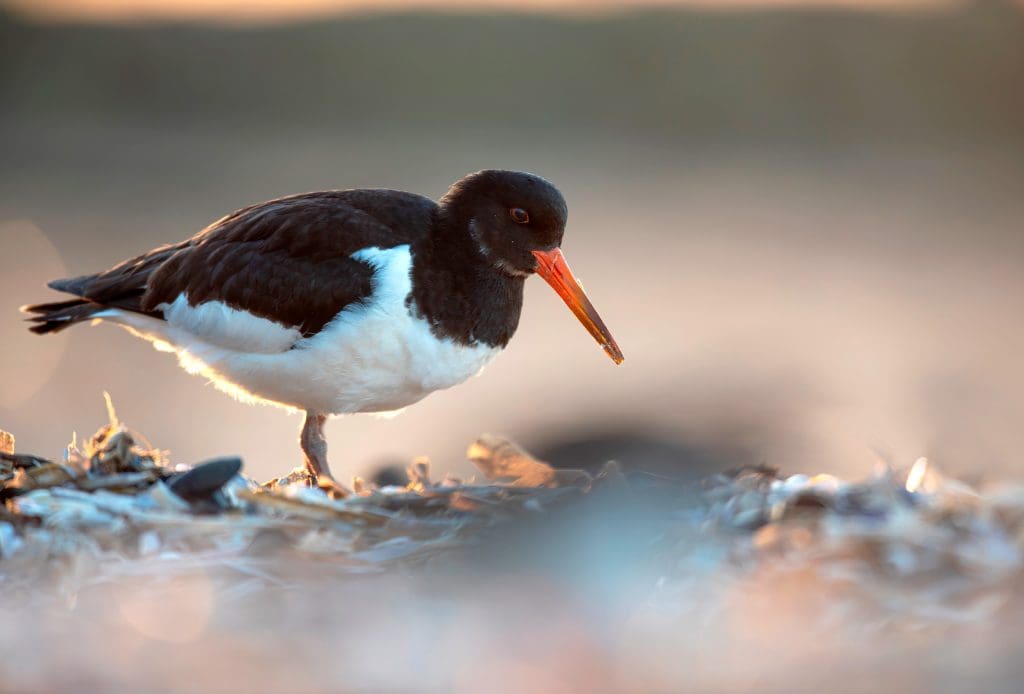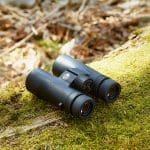People often ask me: “How long do these birds live?” The answer is complicated. You cannot age a bird by looking at it; there are usually no outward signs to tell, say, a four-year-old from a 20-year-old bird. Life expectancy also varies between species (see below for some averages). Put briefly, most bird lives are shorter than you might expect but can be much longer, too!

Average life expectancies of common species
The reality for many of our favourite birds is shocking. Over 80% of fledged Robins die in their first year of life. The losses are enormous, with predation, disease and starvation taking their toll. Very young birds cannot store enough fat to survive the night if they suffer a day or two of bad weather. Within the populations of many small birds, around 50–60% of adult birds also die each year, leaving a truly paltry adult life expectancy – for Robins, one–two years.
The picture is better for larger birds, and you can sometimes take a stab at a life expectancy from a species’ biology. Birds that start breeding late and have small clutches of eggs will have longer lifespans. Seabirds are unusual for their longevity; the pigeon-sized Puffin has a life expectancy of 18 or more years, while both a Feral Pigeon and a Woodpigeon should manage just three. It’s thought there are fewer predators at sea. Interestingly, tropical birds also live longer than temperate birds, living in a more stable, reliable environment.
In human societies, as you age, your expectancy of further life diminishes. This isn’t the case in birds. Once they reach adulthood, their life expectancy plateaus, so you might well have the same pampered Robin in your garden. Roughly one in 1,000 small birds lives to 10 years. The oldest ringed House Sparrow was 12.
These outliers are surprising. In 2025, an Oystercatcher was ringed in the UK at the ripe old age of 43, and there is a famous female Laysan Albatross that is still breeding at at least 74. Albatrosses could live to 100, and perhaps parrots, too, but research hasn’t yet proven this.
You might also like
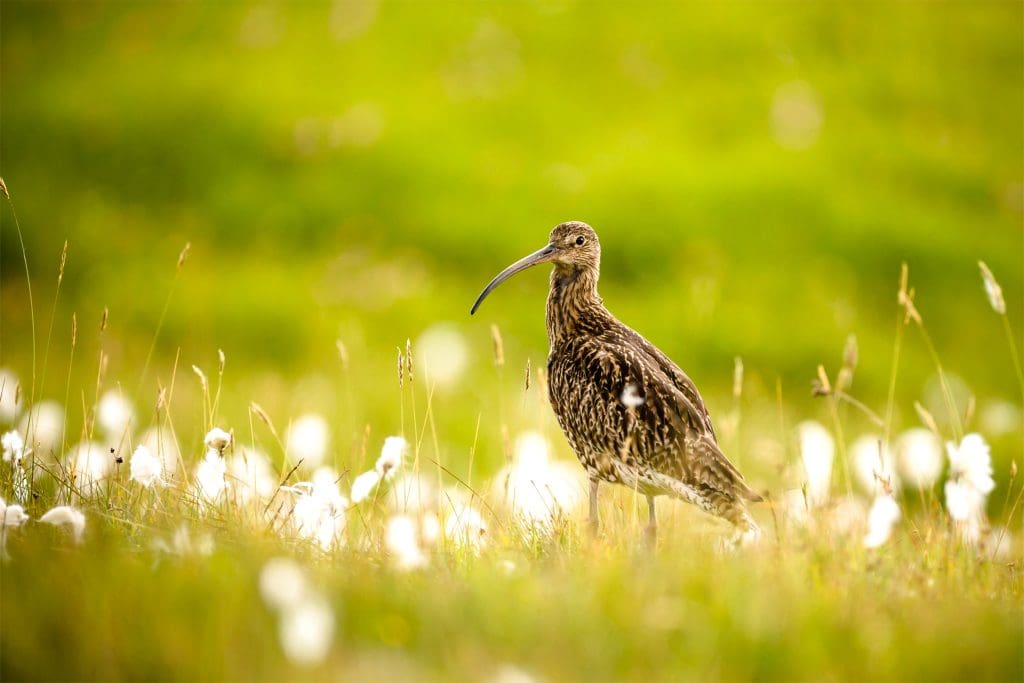
Answering the call of the Curlew
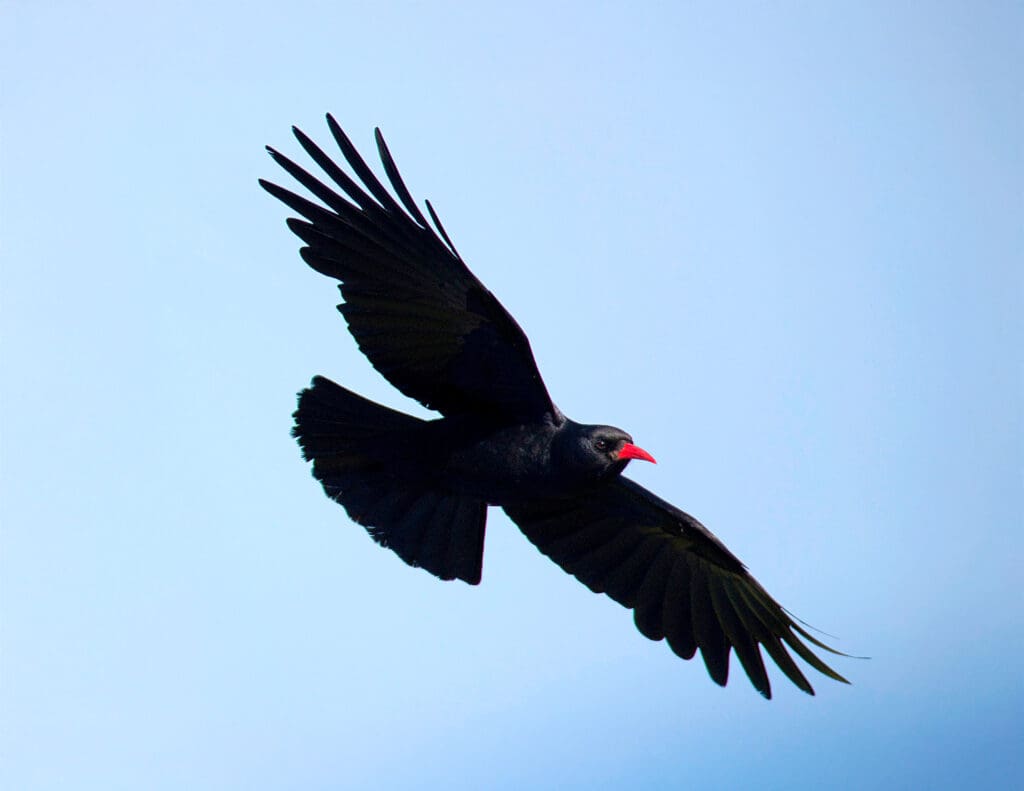
Can you tell which corvid is which?
